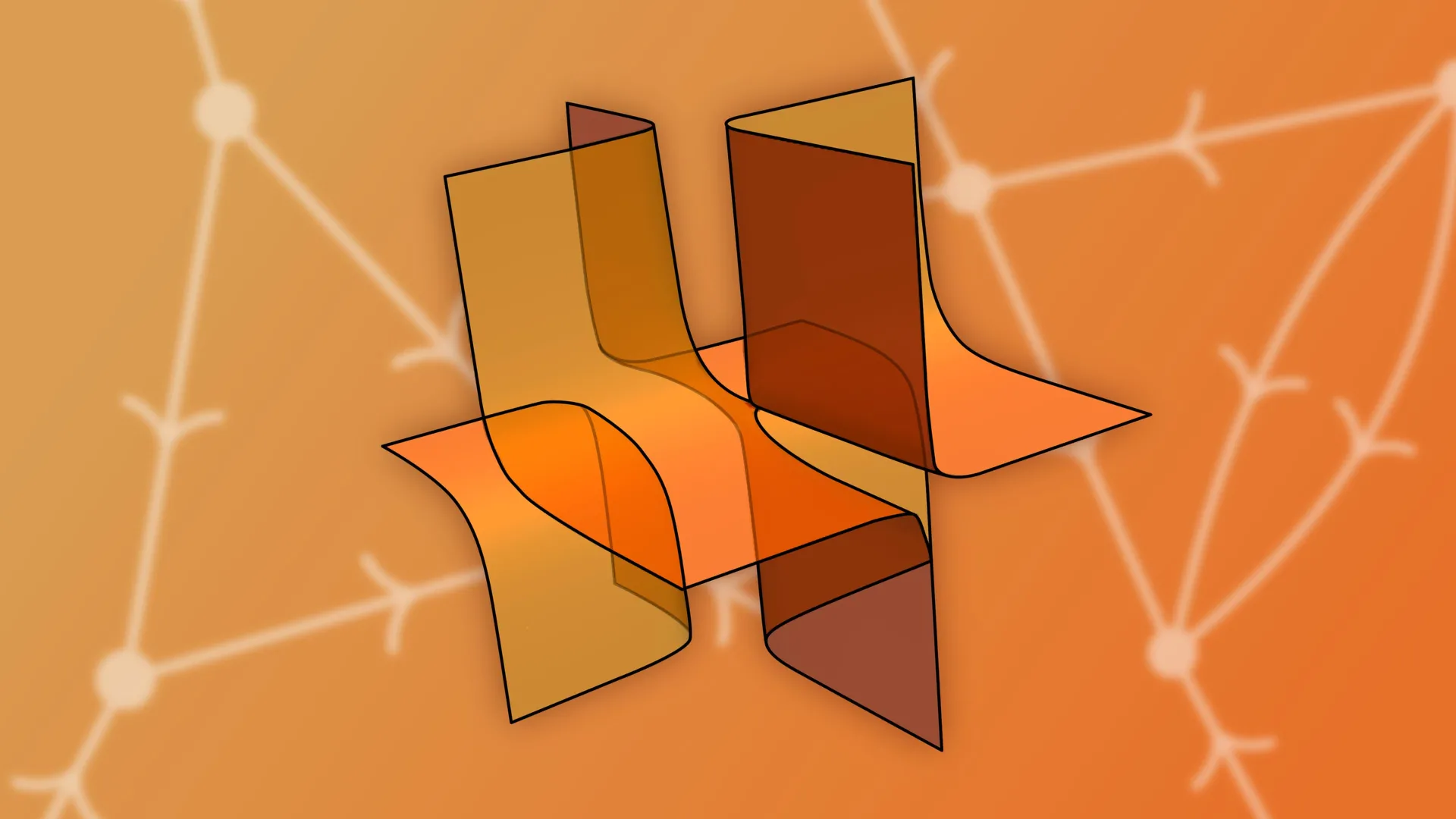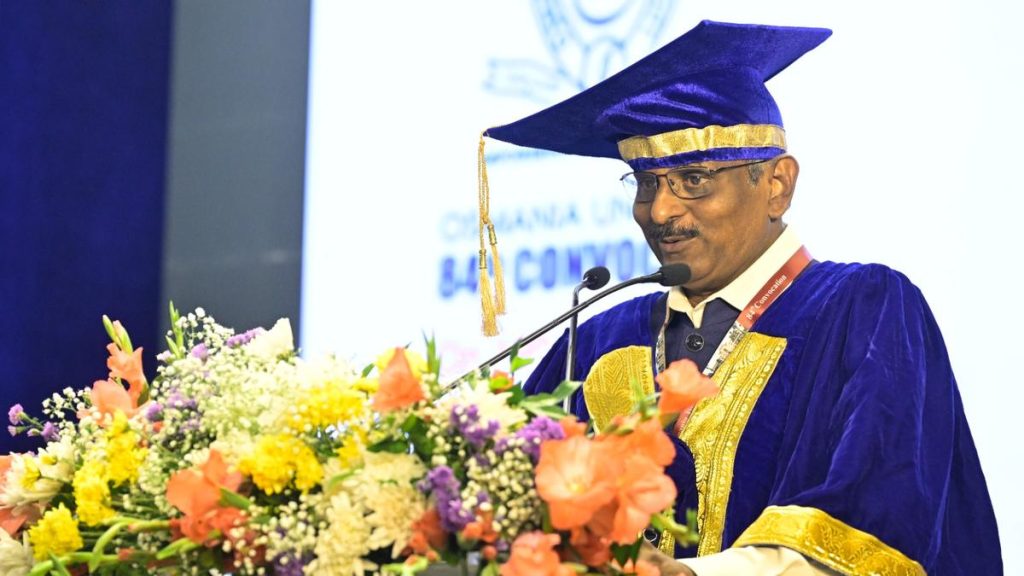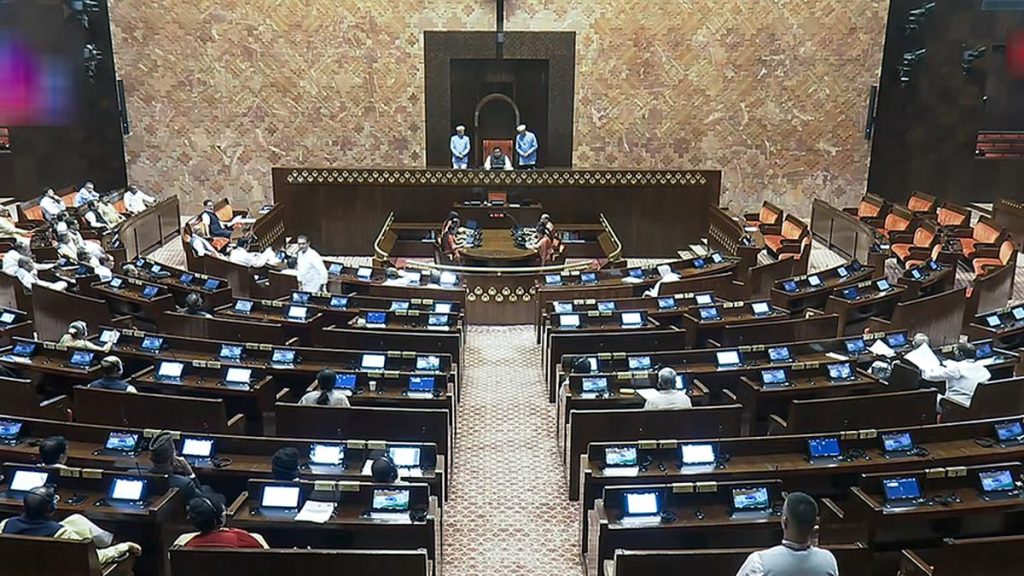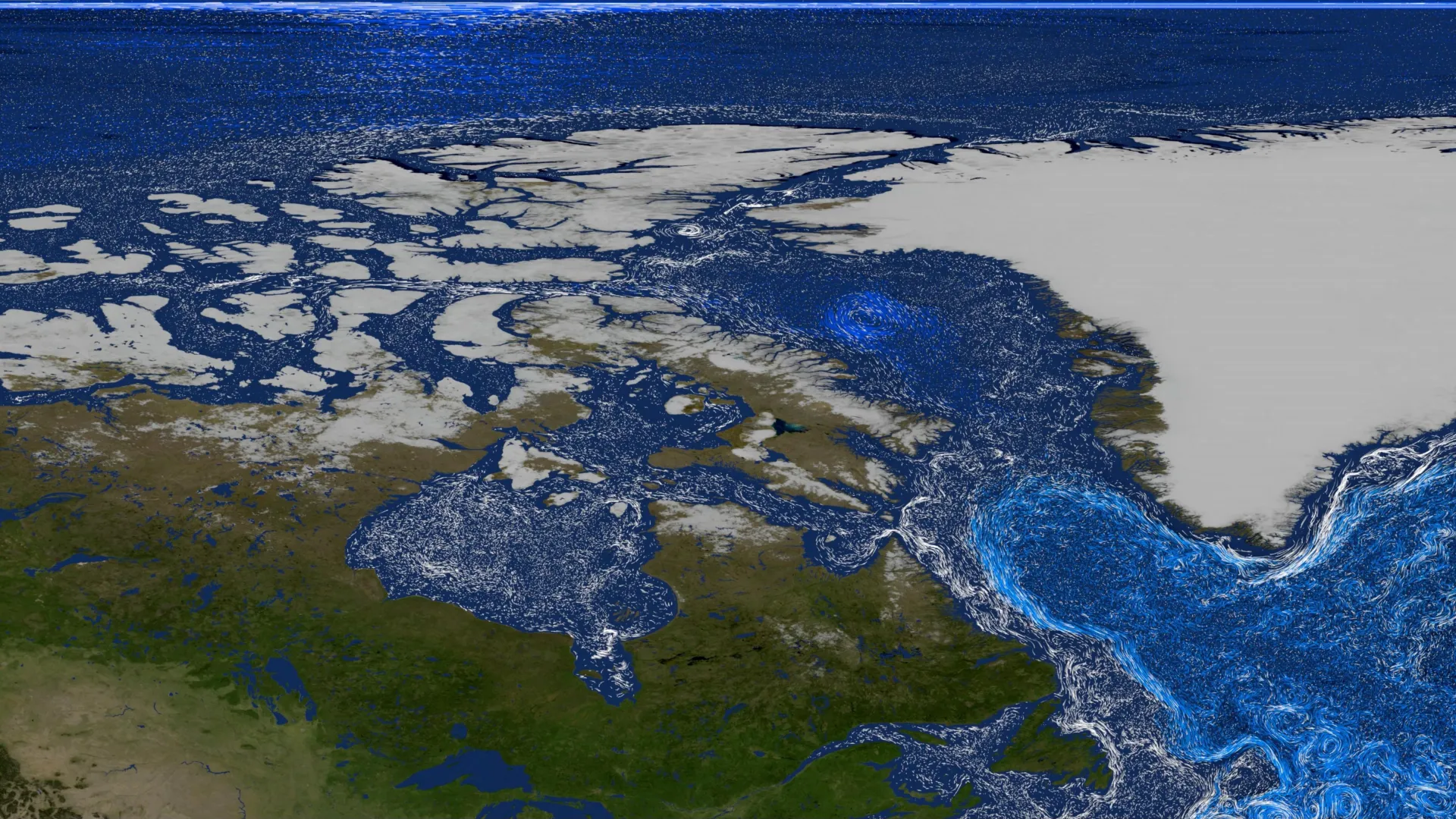Now Reading: Unusual Shapes Challenge Fundamental Physics Principles
-
01
Unusual Shapes Challenge Fundamental Physics Principles
Unusual Shapes Challenge Fundamental Physics Principles

Speedy Summary
- Interdisciplinary Study: Mathematicians Claudia Fevola (Inria Saclay) adn Anna-Laura Sattelberger (Max Planck Institute) explore the unification of physics across subatomic to cosmic scales using mathematics, detailed in their work published in Notices of the American Mathematical Society.
- Positive Geometry: Their research highlights “positive geometry,” a novel approach that provides an option to traditional Feynman diagrams, representing particle interactions through geometric structures like the “amplituhedron.”
- Tools and Concepts: The study employs algebraic geometry, combinatorics, and D-module theory to address phenomena ranging from particle collisions in accelerators to early universe cosmology via mathematical objects such as cosmological polytopes.
- Beyond Mathematics: Positive geometry serves as a potential unifying language linking theoretical physics with observable physical concepts. This includes enabling precision calculations for both high-energy particle behaviour and large-scale cosmic structures.
- Collaborative Effort: The work is part of an international effort supported by the ERC UNIVERSE+ project, emphasizing connections between mathematics, particle physics, and cosmology for advancing fundamental research.
Indian Opinion Analysis
The exploration of positive geometry represents an innovative step toward bridging microcosmic quantum mechanics with macrocosmic theories like general relativity. By integrating fields such as algebraic geometry with physical theories, this approach holds immense promise for decoding some of science’s most fundamental mysteries-from understanding early universe conditions to refining predictive models in high-energy physics.India stands at a unique advantage regarding interdisciplinary advancements like these.With its existing strengths in mathematics and theoretical sciences coupled with investments into infrastructure like CERN collaborations or space research programs under ISRO, similar global partnerships could be instrumental for Indian scientists engaging deeper with such transformative studies. More inclusivity towards emerging mathematical frameworks could make India a critical player in addressing worldwide challenges tied deeply to both pure science and applied technologies. However, developing human capital through skill training at the intersection of disciplines like math-heavy resources would be key for long-term gains globally too
























